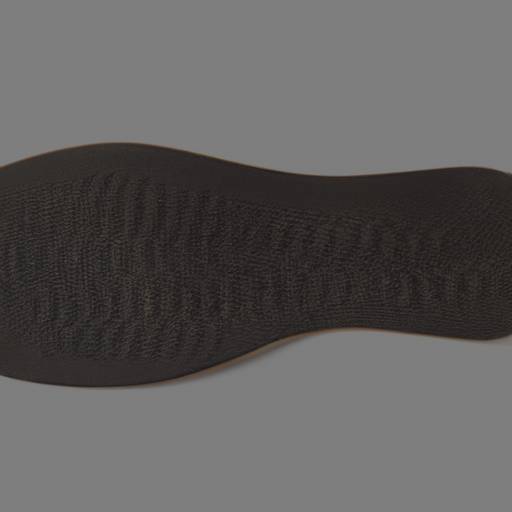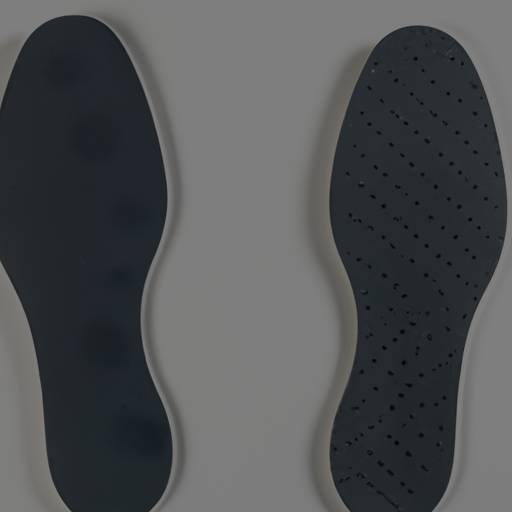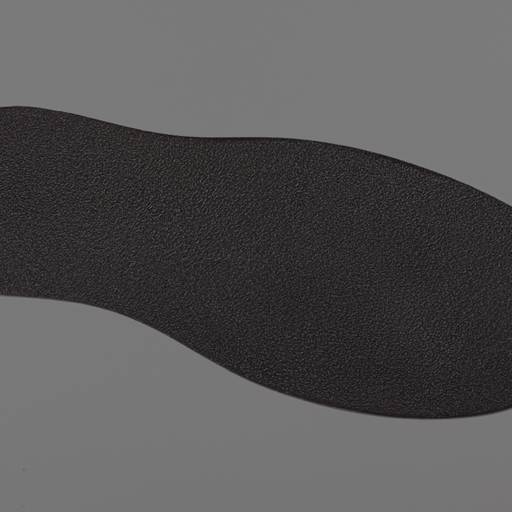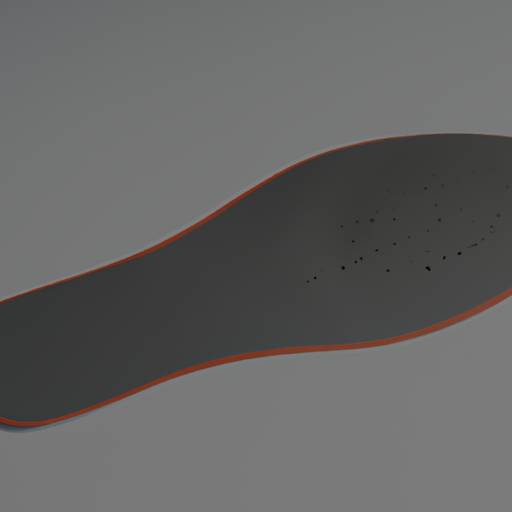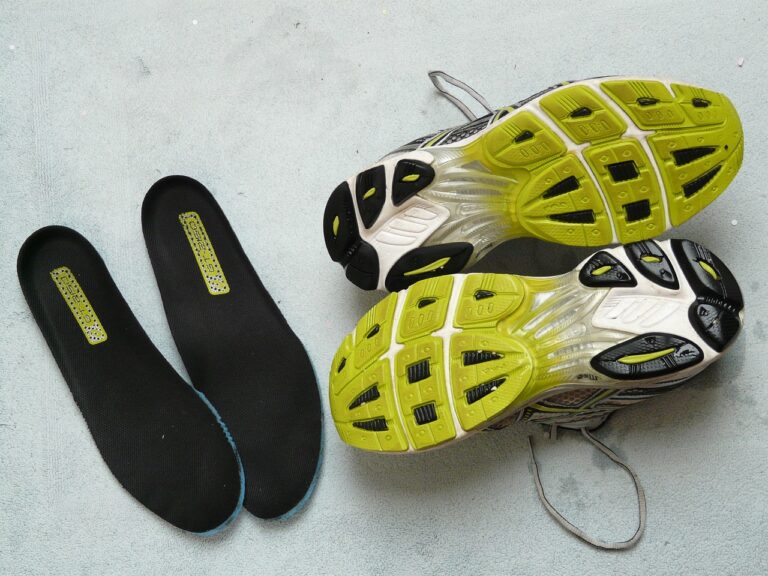Relieving Back Pain: The Benefits of Memory Foam Insoles
Understanding Back Pain
Back pain is a common ailment that can significantly impact a person’s daily life. It can be caused by various factors, and one often overlooked aspect is the impact of foot support. Understanding the relationship between foot support and back pain is crucial in finding effective solutions.
Common Causes of Back Pain
Back pain can be attributed to a multitude of causes. Some common culprits include poor posture, muscle strain, spinal abnormalities, and injuries. However, it’s important to recognize that foot-related issues can also contribute to back pain.
When the feet lack proper support, it can lead to biomechanical imbalances throughout the body. These imbalances can affect the alignment of the spine, causing discomfort and pain. For example, if the arches of the feet collapse or if there is excessive pronation (inward rolling) of the feet, it can contribute to poor posture and strain on the back.
The Impact of Foot Support
The feet serve as the foundation for the entire body. When the feet are not properly supported, it can create a chain reaction of misalignment and strain on the musculoskeletal system. This strain can lead to back pain and other related issues.
By providing adequate foot support, it is possible to alleviate some of the pressure on the back and promote better posture. One way to achieve this is through the use of memory foam insoles, which are designed to provide cushioning and support to the feet.
Memory foam insoles conform to the unique shape of the feet, distributing body weight more evenly and reducing pressure points. This can help to correct imbalances and promote proper alignment throughout the body, including the spine. For more information on memory foam insoles and their benefits, check out our article on memory foam insoles.
By addressing foot support and considering the use of memory foam insoles, individuals experiencing back pain can potentially find relief and improve their overall well-being. It’s important to consult with a healthcare professional for a comprehensive evaluation and personalized recommendations based on individual needs.
Introducing Memory Foam Insoles
When it comes to finding relief from back pain caused by poor foot support, memory foam insoles can be a game-changer. These insoles are specially designed to provide cushioning, support, and comfort to your feet, which in turn can help alleviate back pain. Let’s take a closer look at what memory foam insoles are and the benefits they offer.
What are Memory Foam Insoles?
Memory foam insoles are inserts that are placed inside your shoes to provide additional support and cushioning to your feet. They are made from a type of viscoelastic material that molds and conforms to the shape of your feet, providing personalized comfort. The memory foam absorbs shock and evenly distributes pressure, reducing strain on your feet and back.
The unique property of memory foam is its ability to respond to body heat, allowing it to contour to the shape of your feet as you walk. This helps to promote proper alignment and relieve pressure points. Memory foam insoles are available in various thicknesses and densities to accommodate different foot types and levels of support needed.
Benefits of Memory Foam Insoles for Back Pain
Memory foam insoles can offer several benefits for individuals experiencing back pain. Here are some key advantages:
- Shock Absorption: The cushioning properties of memory foam help absorb shock and reduce the impact on your feet and spine, providing relief from back pain caused by walking or standing for extended periods.
- Pressure Relief: Memory foam conforms to the shape of your feet, distributing pressure evenly and reducing stress on specific areas. By relieving pressure points, it can alleviate back pain caused by poor weight distribution.
- Improved Alignment: Memory foam insoles help promote proper foot alignment, which can have a positive impact on your overall body posture. Proper alignment reduces strain on your back and can help improve spinal health.
- Enhanced Comfort: The soft and supportive nature of memory foam provides an additional layer of comfort to your shoes. This can make a significant difference for individuals with back pain, as it allows for a more comfortable walking experience.
It’s important to note that while memory foam insoles can provide temporary relief from back pain, they are not a substitute for professional medical advice. If you have chronic or severe back pain, it’s recommended to consult with a healthcare professional for a comprehensive evaluation and personalized treatment plan.
In the next section, we will explore the role of arch support and proper alignment in further alleviating back pain. Stay tuned!
Arch Support and Alignment
When it comes to alleviating back pain, proper arch support and alignment play a crucial role. The arches of our feet help distribute body weight evenly and provide stability. When the arches are unsupported or misaligned, it can lead to imbalances that can affect the alignment of the spine and contribute to back pain.
How Arch Support Helps Alleviate Back Pain
Arch support insoles, such as memory foam insoles, are designed to provide the necessary support to the arches of the feet. By supporting the arches, these insoles help to distribute body weight more evenly across the feet and reduce excessive pressure on certain areas.
When the arches are properly supported, it can improve the alignment of the ankles, knees, and hips. This, in turn, promotes better spinal alignment and reduces the strain on the back muscles. By alleviating the pressure on the spine, arch support can help relieve back pain caused by poor posture or imbalances in the feet.
It’s important to note that the level of arch support required may vary from person to person. Some individuals may have high arches, while others may have low arches or flat feet. Therefore, it’s recommended to choose memory foam insoles that offer the appropriate level of support for your specific foot arch type. For more information on selecting the best insoles for your arches, you can check out our article on best arch support insoles.
Proper Alignment for Spinal Health
Proper alignment of the spine is essential for maintaining spinal health and reducing back pain. When the feet are properly aligned, it helps to ensure that the rest of the body is also aligned correctly.
Memory foam insoles with arch support can help achieve proper alignment by providing stability and correcting any imbalances in the feet. These insoles are designed to cradle the arches and provide support where it’s needed most, allowing the body to maintain a more natural and aligned posture.
By promoting proper alignment, memory foam insoles can help reduce excessive stress on the spine and alleviate back pain. It’s important to choose insoles that are specifically designed for your foot arch type to ensure optimal alignment and support. Finding the right fit is crucial, so make sure to refer to our article on how to pick insoles for guidance on selecting the most suitable insoles for your feet.
By incorporating memory foam insoles with proper arch support into your footwear, you can help alleviate back pain by improving arch support and promoting better alignment. Remember to consult with a healthcare professional if you have persistent back pain or any concerns about using orthotics or insoles.
Choosing the Right Memory Foam Insoles
When it comes to selecting the right memory foam insoles for your specific needs, there are several factors to consider. Finding the right fit is essential to ensure optimal comfort and support.
Factors to Consider When Selecting Insoles
- Arch Support: Look for memory foam insoles that provide adequate arch support. This helps to maintain proper alignment and reduce stress on the back. If you’re unsure about your arch type, consider visiting a podiatrist for a professional assessment.
- Cushioning: Consider the level of cushioning provided by the memory foam insoles. Opt for a balance between cushioning and support to alleviate pressure on the feet and back. Some individuals may prefer extra thick cushion insoles for added comfort.
- Foot Size: Ensure that the memory foam insoles are available in the appropriate size for your feet. Insoles that are too small or too large may not provide the desired support and can lead to discomfort.
- Shoe Compatibility: Check if the memory foam insoles are compatible with your shoes. Some insoles are designed specifically for certain types of footwear, such as athletic shoes or dress shoes. Consider the type of shoes you wear most frequently and choose insoles that fit properly.
- Quality: Look for reputable insole brands known for their quality and durability. Reading reviews or seeking recommendations can help in making an informed decision.
- Customization: If you have specific foot conditions or require additional support, consider custom rigid orthotics. These are tailored to your unique foot shape and provide personalized support.
Finding the Right Fit
To ensure the best fit, it’s important to follow these guidelines:
- Measure Your Feet: Use a measuring tape or consult a shoe size chart to determine your foot length and width accurately. This will help you select the appropriate insole size.
- Try Them On: When purchasing memory foam insoles, try them on with the shoes you intend to wear them in. Walk around to assess the comfort and fit. Ensure that the insoles do not feel too tight or cause any discomfort.
- Trimming: Some memory foam insoles can be trimmed to fit your shoes better. Follow the manufacturer’s instructions to trim the insoles to the appropriate size. Be cautious not to cut too much, as it can affect the support provided.
Remember, the right memory foam insoles can provide excellent support and comfort for individuals experiencing back pain. If you’re unsure about the best options for your specific needs, consult with a healthcare professional or a podiatrist. They can offer personalized recommendations based on your foot structure and condition.
By carefully considering the factors mentioned above and finding the right fit, you can experience the benefits of memory foam insoles for alleviating back pain and enhancing overall comfort while walking or standing.
Tips for Using Memory Foam Insoles
When incorporating memory foam insoles into your footwear routine, there are a few tips to keep in mind to ensure maximum comfort and effectiveness.
Gradual Adaptation
It’s important to allow your feet and body time to adjust to the new support provided by memory foam insoles. Start by wearing them for short periods, gradually increasing the duration over time. This gradual adaptation allows your feet to get accustomed to the additional cushioning and support without overwhelming them.
During this adjustment period, it’s common to experience slight discomfort or changes in the way your feet and body feel. However, if you experience persistent pain or discomfort, it may be worth reassessing the fit and support of the insoles. Remember, everyone’s feet are unique, and what works for one person may not work for another. If you have concerns about the fit or experience any unusual symptoms, consult with a healthcare professional or a podiatrist.
Maintenance and Care of Insoles
To keep your memory foam insoles in good condition and prolong their lifespan, regular maintenance is essential. Here are some tips for caring for your insoles:
- Cleaning: Remove the insoles from your shoes and gently hand wash them using mild soap and warm water. Avoid using harsh chemicals or excessive rubbing that may damage the memory foam. Allow the insoles to air dry completely before placing them back in your shoes.
- Odor Control: Memory foam insoles may develop odors over time due to sweat and bacteria. To combat odor, sprinkle baking soda on the insoles and let them sit overnight. Shake off the excess baking soda before using the insoles again. Alternatively, you can use odor-controlling sprays or inserts specifically designed for shoe odor.
- Replacing: Even with proper care, memory foam insoles will eventually wear out. The lifespan of insoles can vary depending on factors such as frequency of use and individual wear patterns. If you notice signs of significant wear, loss of cushioning, or decreased support, it’s time to replace your insoles. Refer to our article on how to pick insoles for guidance on selecting the right replacement.
By following these tips for using and maintaining your memory foam insoles, you can optimize their benefits and provide your feet with the support they need. Remember, everyone’s feet are unique, so it may take some trial and error to find the perfect fit and level of support that works best for you.

